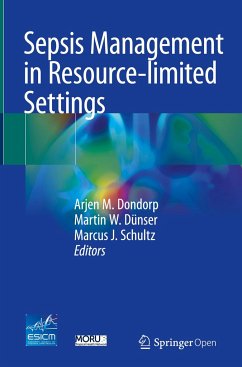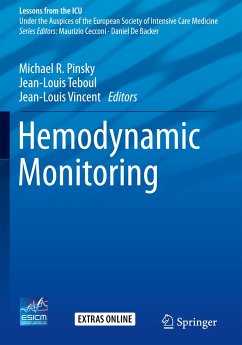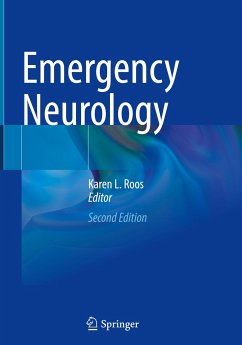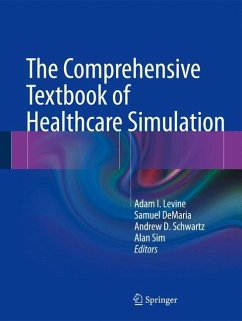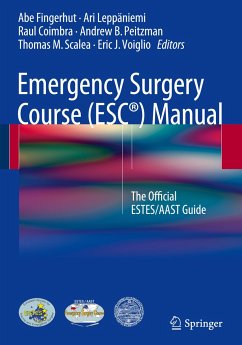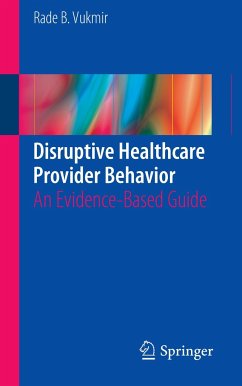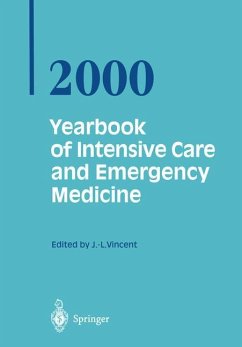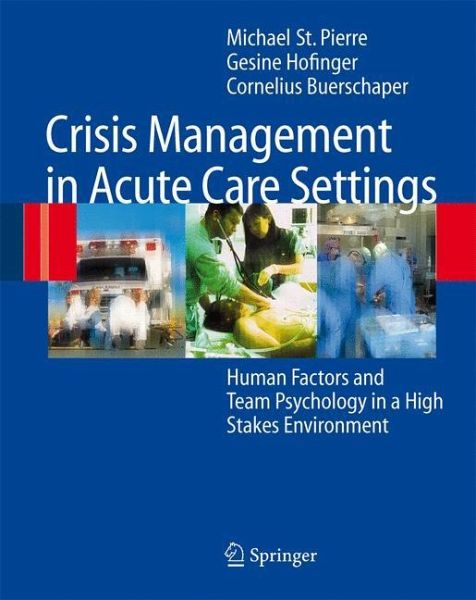
Crisis Management in Acute Care Settings
Human Factors and Team Psychology in a High Stakes Environment
Versandkostenfrei!
Versandfertig in 6-10 Tagen
69,54 €
inkl. MwSt.
Weitere Ausgaben:

PAYBACK Punkte
0 °P sammeln!
This book addresses all issues relevant to error prevention and safe practice in the acute and emergency health-care setting. It begins with the basic principles of human behavior and decision making and then partitions into three sections where the individual, the team, and the organizational influences within the health-care system are discussed in greater depth.Case reports and proven strategies help to ground psychological theory in daily practice. This book has emerged from a long-standing cooperation between clinicians and psychologists. Blending the strengths of both professions into a ...
This book addresses all issues relevant to error prevention and safe practice in the acute and emergency health-care setting. It begins with the basic principles of human behavior and decision making and then partitions into three sections where the individual, the team, and the organizational influences within the health-care system are discussed in greater depth.
Case reports and proven strategies help to ground psychological theory in daily practice. This book has emerged from a long-standing cooperation between clinicians and psychologists. Blending the strengths of both professions into a readily accessible text has created a book which will hopefully help both physicians and non-physicians to better understand the principles of human behavior and decision making in critical situations and in turn enable them to provide safer treatment.
Unsuspected medical crisis and emergency situations may be managed more effectively and an increased awareness of contributing factors may help to avoid errors from the outset.
Case reports and proven strategies help to ground psychological theory in daily practice. This book has emerged from a long-standing cooperation between clinicians and psychologists. Blending the strengths of both professions into a readily accessible text has created a book which will hopefully help both physicians and non-physicians to better understand the principles of human behavior and decision making in critical situations and in turn enable them to provide safer treatment.
Unsuspected medical crisis and emergency situations may be managed more effectively and an increased awareness of contributing factors may help to avoid errors from the outset.





